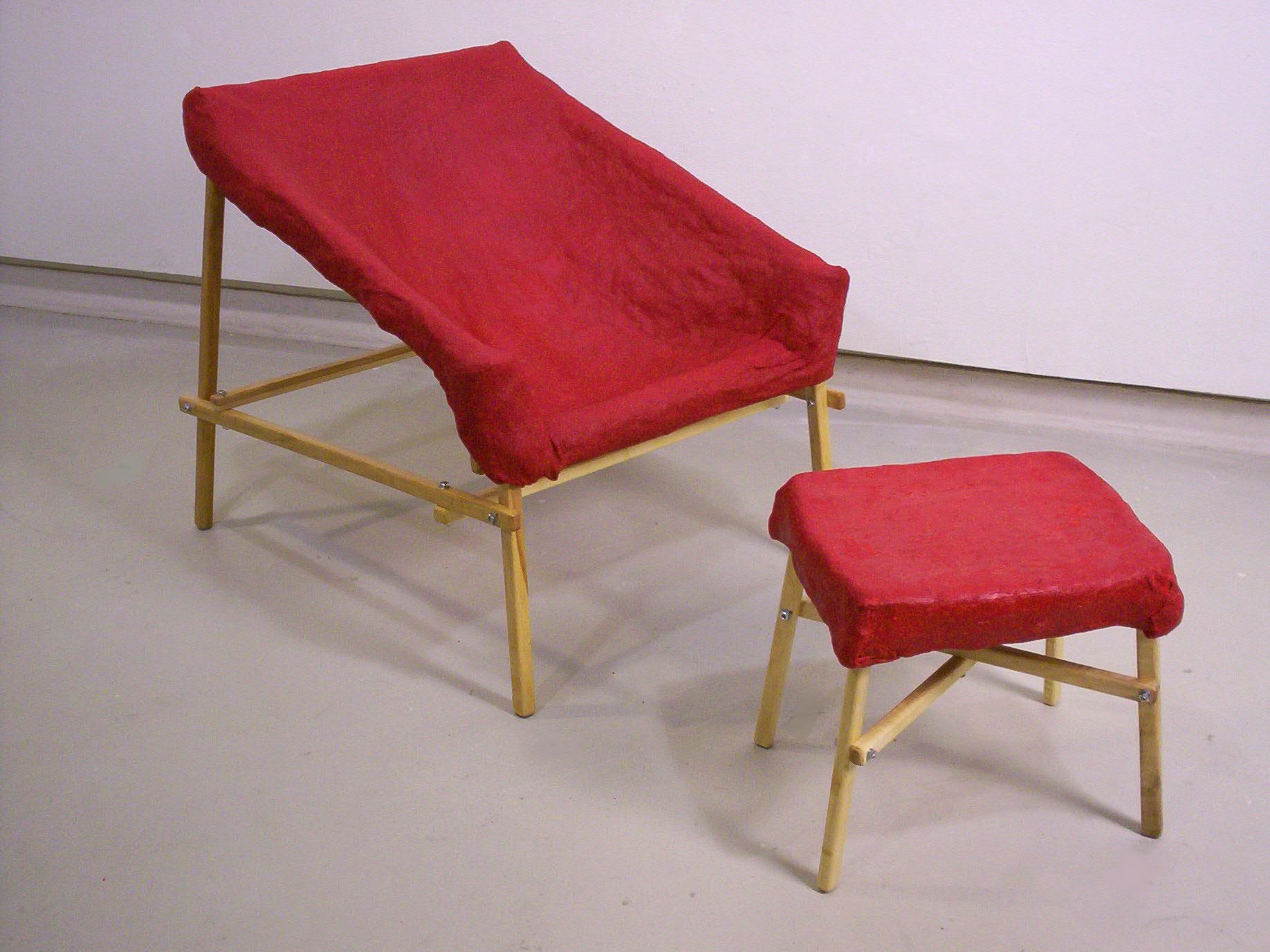Unique, expressive and comfortable furniture can be expensive and economically inaccessible to many people. Inspired by the work of Enzo Mari ‘Autoprogettazione’ and more recently ‘Starter Office’ by Scott Klinker Product Design, this project aims to outline a process that allows a person to design and construct furniture with very few tools and affordable bulk and nominal materials. The methods are simple and the process is fun, where many variations can be designed and completed. Variations can be interesting and explorative, this design project/ process is hoping to encourage not only design and manufacture using this method, but also derivatives and variations that would suit the owner per domestic setting. Keep in mind, this project does not require epoxy resin, high VOC chemicals or expensive materials.
Beside choosing form and typology of furniture some of the initial decisions can be choice of hardwood (oak, maple, ash, etc.), fabric choice (burlap, crinoline, buckram, cotton muslin) and color choice for fabric. The bioplastic used in this project is a corn starch plastic which is easily made at home, non-toxic, biodegradable and affordable. The square stock hardwood lumber can be found at many local lumber yards.
Chris Palmer will complete the MFA 3D Design Program at Cranbrook Academy of Art this May, 2012. Through the 3D Design Program Chris has worked with non-toxic, renewable and environmentally friendly materials while exploring new and advanced aesthetic for object design using these types of materials.


